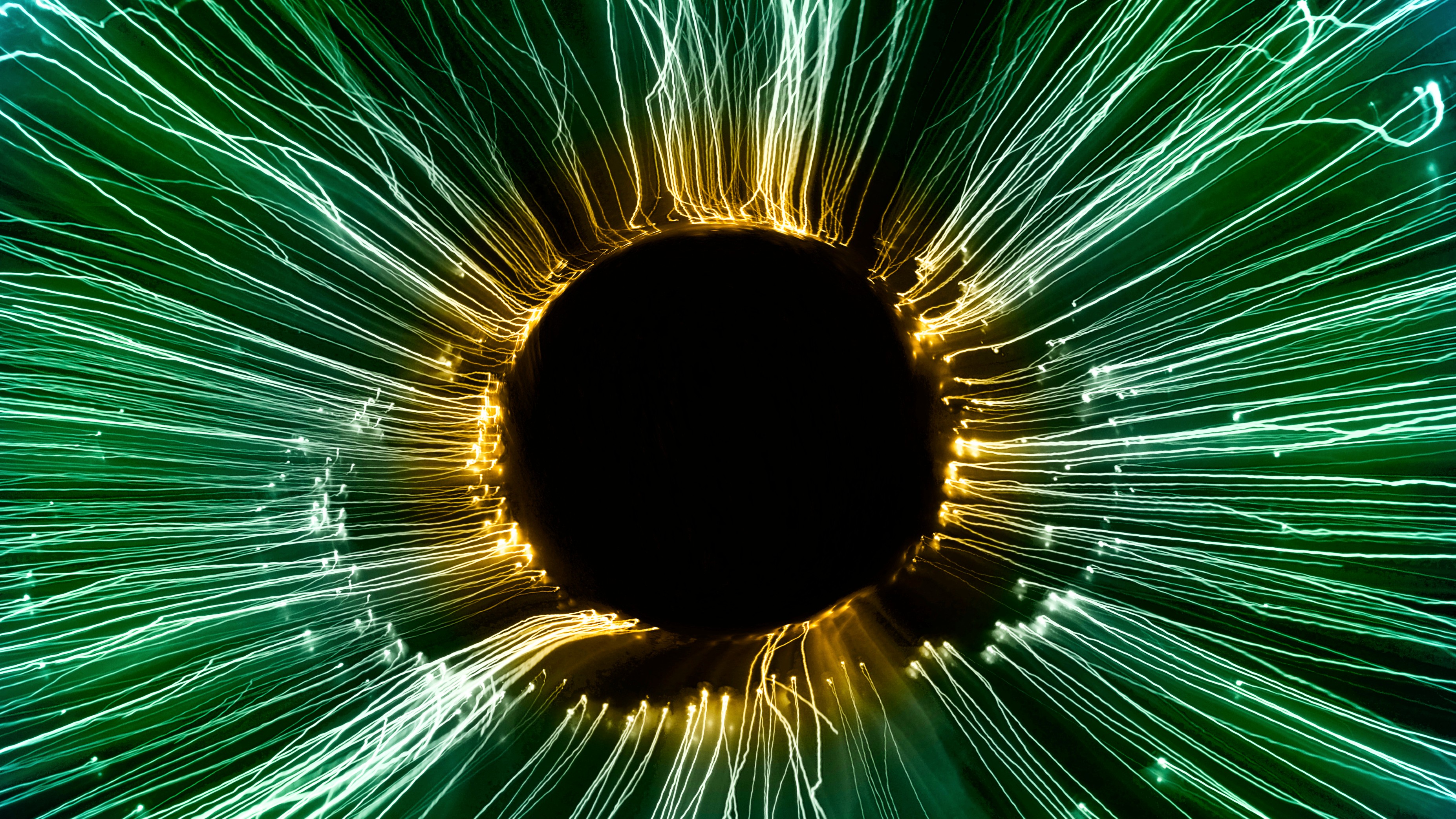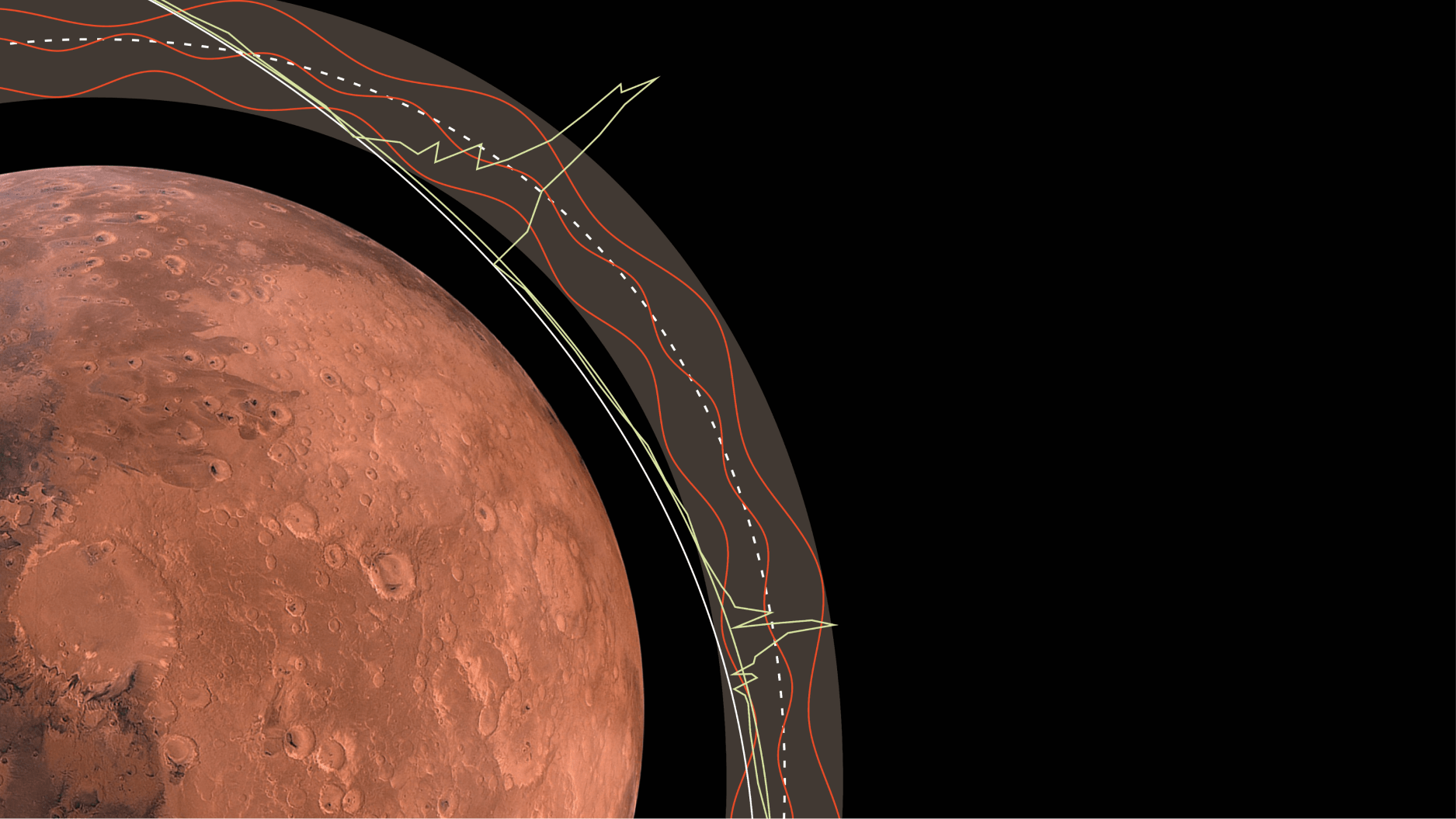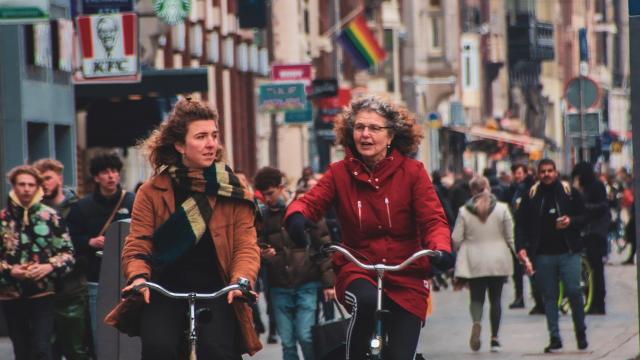‘Smoking gun’ dark matter signature possibly identified

Credit: NASA, JPL-Caltech, Susan Stolovy (SSC/Caltech) et al.
- Scientists identified a data signature for dark matter that can potentially be detected by experiments.
- The effect they found is a daily “diurnal modulation” in the scattering of particles.
- Dark matter has not yet been detected experimentally.
Dark matter, a type of matter that is predicted to make up around 27 percent of the known universe, has never been detected experimentally. Now a team of astrophysicists and cosmologists think they found a clue that may lead them to finally detect the elusive material, so hard to find because it does not absorb, reflect, or emit light.
The existence of dark matter has so far been predicted by inference from its gravitational effects on the motion of the stars and galaxies rather than direct observation. No existing technologies can pick it out. This has led researchers at the Shanghai Jiao Tong University and the Purple Mountain Observatory of the Chinese Academy of Sciences to identify characteristic dark matter signatures that would be easier to detect.
Their new paper proposes a new type of effect that relates to the so-called “sub-GeV dark matter” which is boosted by cosmic rays. Looking for this effect can potentially allow direct detection of dark matter using nuclear recoil techniques.

The research team included Shao-Feng Ge and Qiang Yuan, who explained that their approach is to look for a prominent signature of accelerated dark matter particles that come from the galaxy’s center, where dark matter and cosmic rays are at high density. They found that these particles have a “diurnal modulation” – a scattering pattern that is linked to the time of day. At periods when the Galaxy Center faces the side of the planet that’s opposite the location of the detector, the Earth shadows a large amount of these particles. At other times, they come in as a signal with “higher recoil energy.”
“The conventional diurnal effect is only for slow moving (nonrelativistic) DM particles in our galaxy (so-called standard DM halo),” Ge and Yuan said to Phys.org. “The effect is negligibly small either from direct experimental constraints, or due to the detection threshold. For light DM particles, on the other hand, the DM-nucleus interaction is much less constrained, which leaves room for strong diurnal modulation.”
Researchers Ning Zhou and Jianglai Liu, who were also involved in the study, said in an interview that the signature they are proposing could be “a smoking gun of cosmic ray boosted dark matter detection”.
The researchers plan next to look for the signature in previously gathered data, as well as in underground dark matter experiments.
They are also encouraging scientists around the world to look for this signature in their data.
Check out the new paper “Diurnal Effect of Sub-GeV Dark Matter Boosted by Cosmic Rays” published in Physical Review Letters.





